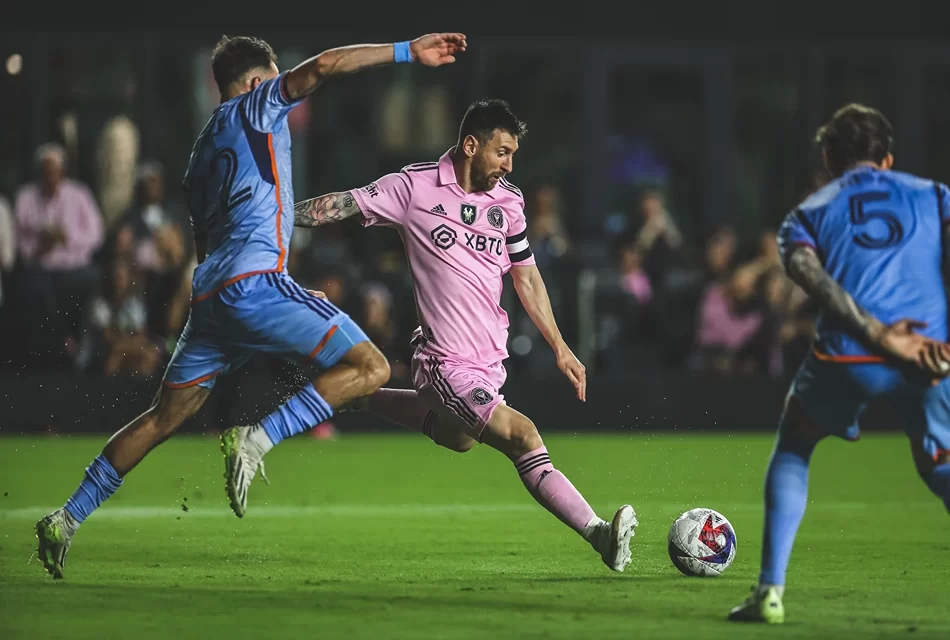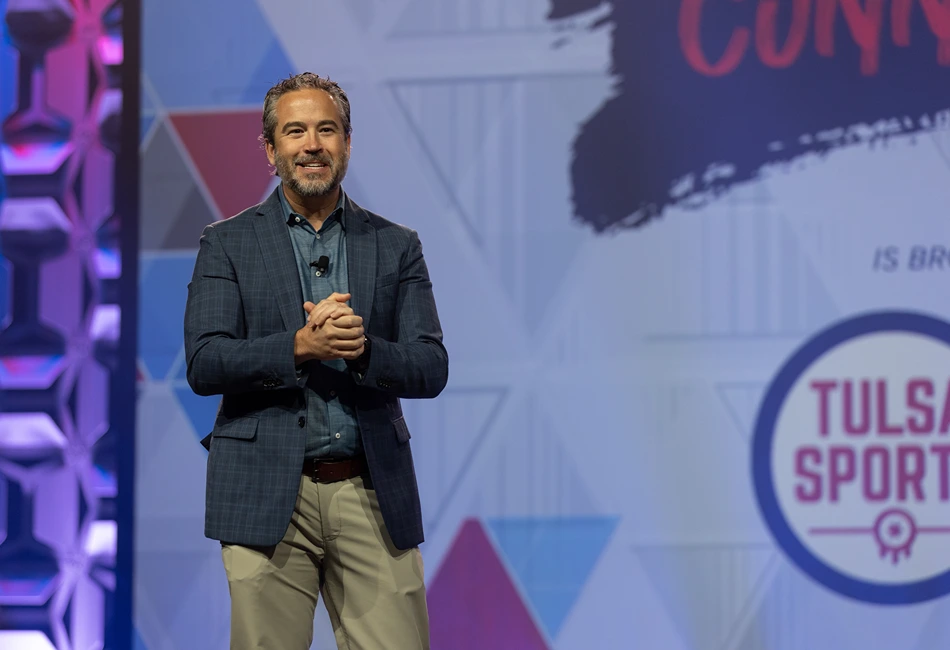With global tournaments, powerhouse college programs and thriving pro clubs, Florida has emerged as a premier destination for soccer at every level
When one thinks of the most soccer-crazed states in the country, Florida might not be the first state that comes to mind.
But it should be.
Florida has quietly, and now not so quietly, become a world-class hub for the beautiful game. From the professional ranks to college dominance, from global tournaments to grassroots passion, the Sunshine State is building a soccer legacy. Here’s why Florida has earned the title of America’s Soccer State.
The World Comes to Miami
The eyes of the world will be on Miami in 2026 when the FIFA World Cup arrives. Hard Rock Stadium is set to host seven matches, including the prestigious bronze final. With the sport’s biggest stage bringing millions of fans and global attention, Florida won’t just be a host, it will be a showcase.
Hard Rock Stadium has already proven itself as one of the premier facilities in the country as it serves as home to the Miami Dolphins, University of Miami football team, Formula 1 Miami Grand Prix, the Miami Open tennis tournament and Orange Bowl college football games.
The stadium hosted eight matches during the FIFA Club World Cup 2025, including the opening showdown between Al Ahly FC and Inter Miami CF and the Round of 16 battle where Real Madrid (Spain) beat fellow European heavyweights Juventus (Italy).
“Soccer is no longer just a sport in Miami; it’s a cultural force. With Messi’s arrival and the 2026 FIFA World Cup on the horizon, we’re seeing a transformation in how the community rallies around the game. From youth programs to international fan engagement, soccer is becoming a cornerstone of Miami-Dade County’s identity,” said Mathew Ratner, director of Sports and Entertainment Tourism at the Greater Miami & Miami Beach Convention and Visitors Bureau.
Messi and Inter Miami
It’s impossible to talk about soccer in Florida without mentioning the most recognizable name in the sport: Lionel Messi. Widely considered the greatest player of all time, Messi’s arrival to Major League Soccer transformed Inter Miami from a promising expansion club into an international phenomenon.
The impact was immediate and measurable. Inter Miami has nearly double the Facebook followers of the next-closest MLS team, the LA Galaxy, tickets sell out instantly, merchandise flies off the shelves and pink jerseys are spotted from Miami Beach to Madrid. For many fans across the globe, MLS means Messi—and Messi means Miami.
And the momentum is only growing. In 2026, Inter Miami will move into its new home: Miami Freedom Park Stadium. The 25,000-seat, soccer-specific venue will anchor a massive 131-acre development, providing not just a home for Messi and his teammates but a gathering place for fans worldwide. Perfectly timed with the World Cup, the stadium cements Miami’s reputation as one of the sport’s true capitals.

Orlando’s Soccer Culture
While Miami captures headlines, Orlando has built a thriving soccer culture of its own. Inter&Co Stadium, opened in 2017, is one of the finest soccer-specific venues in the country. It’s home to both Orlando City SC of MLS and the Orlando Pride of the NWSL, offering year-round professional soccer at the highest level.
The design of the stadium reflects its fan-first approach: a 360-degree lower bowl, a canopy roof to amplify the noise, and “The Wall,” the first safe-standing section in North America. The result is a soccer experience as authentic as virtually anything found overseas.
Champions at the College Level
Florida’s soccer culture doesn’t stop with the pros. At the collegiate level, the state produces champions. Florida State University’s women’s soccer program has become a dynasty, winning four NCAA Division I national championships—including two in the past five years (2021 and 2023). The Seminoles’ dominance reflects both the depth of soccer talent in Florida and the commitment to excellence at every level of play.
These championships aren’t just trophies. They’re proof that Florida develops elite talent, draws top recruits, and can compete with the best programs in the nation year after year.
World-Class Facilities
A soccer culture is only as strong as its infrastructure, and Florida has invested heavily in world-class facilities. Lake Myrtle Sports Park in Auburndale (featuring 11 soccer fields) and the Wiregrass Ranch Sports Campus in Wesley Chapel (a 98,000 square-foot complex) and Village Park in Wellington (a diversified center of recreation), provide high-quality surfaces for youth tournaments, regional competitions and training. These venues don’t just serve locals—they attract teams from across the country, generating tourism and reinforcing Florida’s role as a soccer destination.
Why Florida?
What makes Florida such fertile ground for soccer? Part of it is the state’s natural assets: year-round sunshine, international airports and diverse communities with deep soccer traditions. But equally important is the way cities, schools, and organizations have leaned in, building infrastructure, nurturing talent and embracing the global game.
By the time the World Cup rolls into Miami in 2026, the rest of the country will have caught on to what Florida fans already know: the Sunshine State is the beating heart of American soccer. With global icons, elite facilities, passionate supporters, and a legacy of champions, Florida is not just part of the soccer story—it’s leading it.








